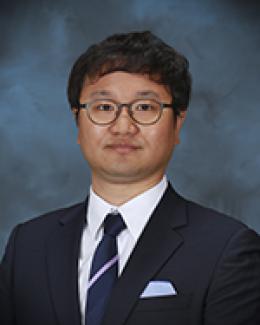Abstract
A dual-sonotrode edge welding setup and a finite element analysis (FEA) model were developed for ultrasonic welding (USW) of AZ31 magnesium alloy sheets. Sonotrode vibration was measured quantitatively by a high-speed camera and introduced into the model as the driving force. The transient temperature field on the edge of the sheets was captured by an infrared camera. The heat generation mechanism in USW was investigated by a parametric study on the friction coefficient. Friction at faying interface should be smaller than those at other interfaces to enhance heat generation. The model was then validated by the experimental thermal history at the faying interface and the full temperature field as well as sonotrode indentation. Using the established model, USW under different welding powers (or vibration amplitudes) but at the same energy input was analyzed to characterize USW bond condition. Much higher temperature in the weld was observed with increasing vibration amplitudes, while reasonable indentation was maintained. Vibration amplitude other than energy input was a critical factor in bond formation between AZ31 sheets.






